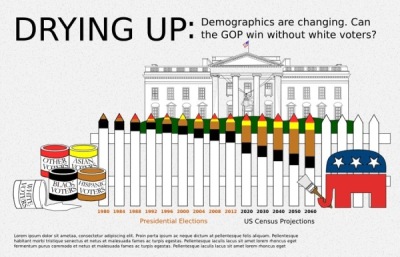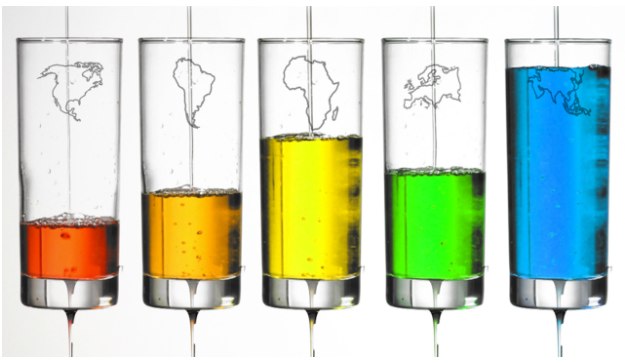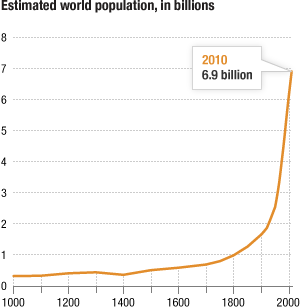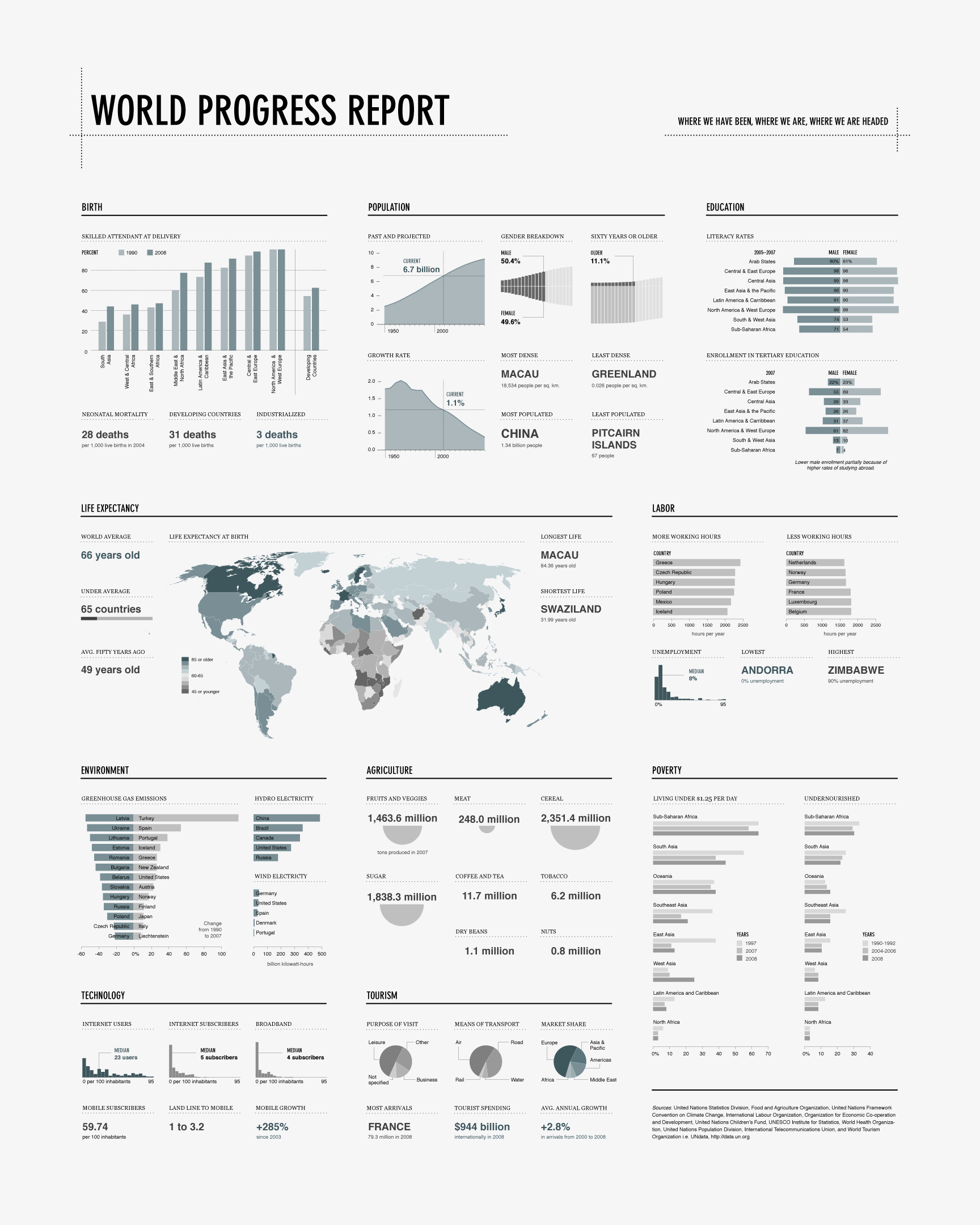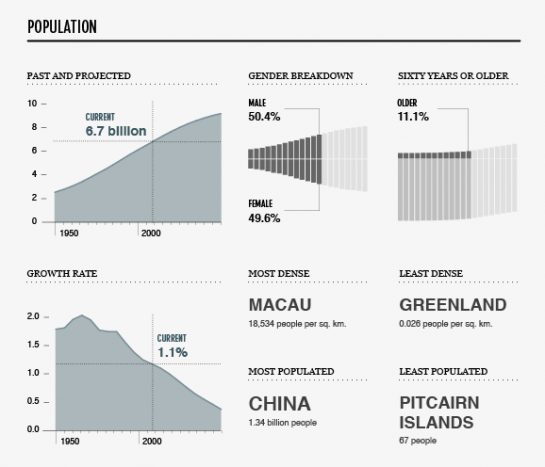America's New Minority
The demographics of America are changing, and America’s New Minority from 59 Liberty shows us how far we have come and predicts the next 40 years.
With the country’s changing demographics, whites will drop under 50% of the population in the 2040s. Every Republican Presidential candidate since 1968 has won the white vote, but with the population shift can the GOP compete?
This graphic simply presents the data of a changing electorate. We went through numerous iterations attempting to find something appealing that presented the data accurately.
We worked with Projects by Chi/Donahoe on concepts, Ripetungi on design, and Hustle Labs for PR support.
For direct access to the data used, please view the spreadsheet here.
I really like how simple and strong the message is with this design. The data will be surprising to many people, so it should be popular with social sharing.
I LOVE that they include a link to the raw data in a Google Docs spreadsheet for anyone to get their hands on the raw numbers from the data sources. The link is in the additional text on the infographic landing page. It would be more effective if the URL of the infographic landing page and the Google Docs spreadsheet were both included in the infographic so they would be readily available to readers who see the infographic posted on other sites.
They also share some of the early drafts and other versions of the design they considered on the infographic landing page. You can see a couple here, but there are more on the page at 59 liberty.
 America,
America,  demographics,
demographics,  future,
future,  history,
history,  population,
population,  timeline,
timeline,  voting
voting 









